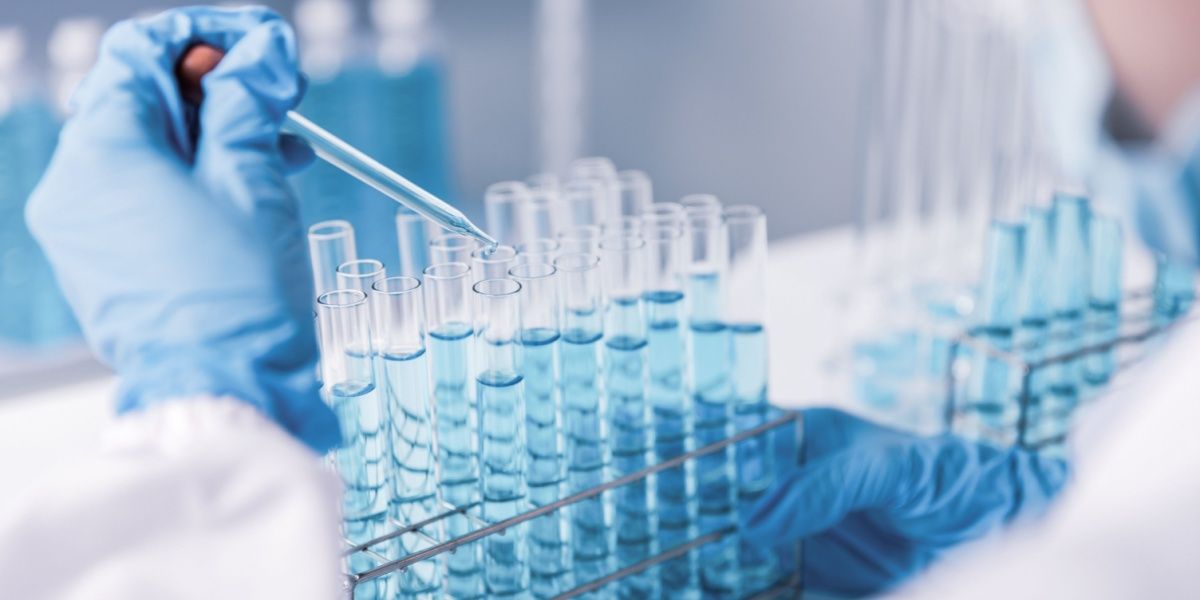Trazodone’s effects can last up to 9 hours (or up to 12 hours for extended-release tablets) and will be mostly out of your body’s system in 2-3 days after the last dosage. It has a half-life of around 5 to 10 hours–meaning the drug level in your blood is halved every 10 hours.
However, the substance might still be traceable for up to 90 days depending on the type of drug test used and factors such as dosage taken, rate of metabolism, body mass index, gender, age, other pre-existing medical conditions, etc.
This table shows how long trazodone stays in the system by drug test type. Like most forms of antidepressants, trazodone is rarely screened for in drug toxicology screenings.
| Drug Sample Type | Trazodone Detection Time |
|---|---|
| Blood | 3 days after use |
| Saliva | 4 days after use |
| Urine | 26 days after use |
| Hair | 90 days after use |
Read below to learn about trazodone's half-life, factors that affect the metabolism of trazodone, and what may cause a false-positive drug test result.
- Trazodone is well absorbed when taken orally and peak levels occur within one hour when fasting and two hours when taken with food. The drug is mostly out of your body in 2-3 days.
- While trazodone is broken down in the body quickly, the metabolites produced linger in the body for longer. Trazodone metabolites can be detected in urine for up to 26 days.
- Fast-growing cells in the body pick up metabolites from drugs and store them for far longer than other drug tests. Trazodone can be detected in hair follicles up to 90 days after last use.
.jpg?v=1722502518)
Trazodone half-life
The half-life for trazodone is approximately 10 hours, meaning the amount of the drug in the system will drop by half every at a maximum of 10 hours.[1] It is mostly eliminated from the body within 2 to 3 days after the final dose, but the drug can be detected in the system for up to 90 days.
How long does trazodone last?
Trazodone is well absorbed when taken orally and peak levels occur within one hour when fasting and two hours when taken with food. Trazodone’s effects can last up to 9 hours for immediate-release tablets, or up to 12 hours for extended-release tablets.
How long does trazodone stay in the system?
How long trazodone is detectable depends on the type of test administered. Blood tests can detect the drug up to 3 days after use while hair follicle testing can potentially detect it for up to 90 days. [2]
How long does trazodone stay in urine?
Urine testing is the most come form of drug screening used in the United States, owing to its availability, ease of use, and low cost. While trazodone is broken down in the body quickly, the metabolites produced linger in the body for longer. Trazodone metabolites can be detected in urine for up to 26 days.
How long does trazodone stay in blood?
Blood tests are less commonly used as substances are metabolized in drugs faster than with other tests. Blood tests can detect trazodone up to three days after last use.
How long does trazodone stay in saliva?
Saliva tests can pick up drugs a lot faster than other drug tests, often being able to detect substances in as little as four hours of last use. Trazodone also stays in saliva longer than blood, being able to be detected up to four days after last use.
How long does trazodone stay in hair?
Fast-growing cells pick up metabolites from drugs and store them for far longer than other drug tests. Trazodone can be detected in hair follicles up to 90 days after last use.
Factors that affect trazodone detection times
There are many factors that can influence the detection rate in a toxicology test and these can vary from person to person.
Factors that influence trazodone detection rates include:[2]
- Length of time trazodone was taken for
- Quantity of trazodone taken
- Dose strength (different doses of trazodone are used for different conditions)
- Whether other substances were taken (such as alcohol or stimulants)
- Body mass index (trazodone has been known to affect weight gain)
- Gender
- Age
- Pre-existing medical conditions (especially those involving the liver or kidneys)
Trazodone and false-positives
While it is uncommon for drug screenings to be targeted for antidepressants like trazodone, they can often show up on other drug tests as false positives. These are known as cross-reactions and most commonly occur as false positives in amphetamines such as meth and cocaine. Trazodone metabolites are detectable in urine samples and create false positives for amphetamines for up to 26 days after the last use.[3]



-guide-detail.jpg?v=1722501565)
